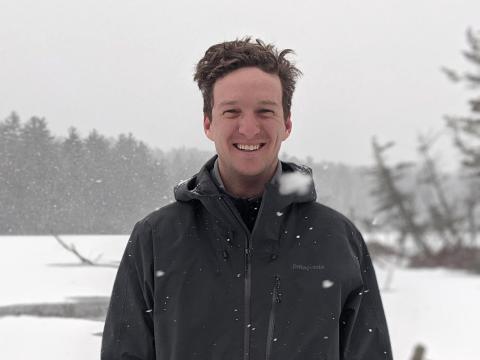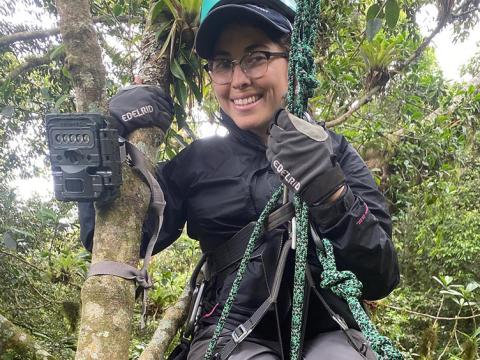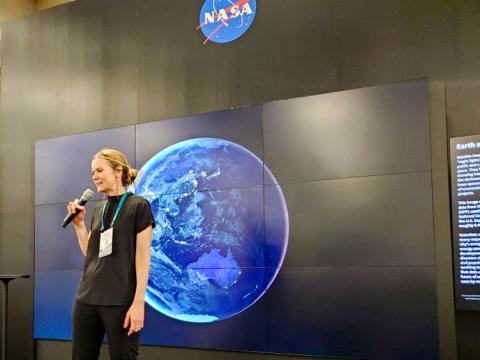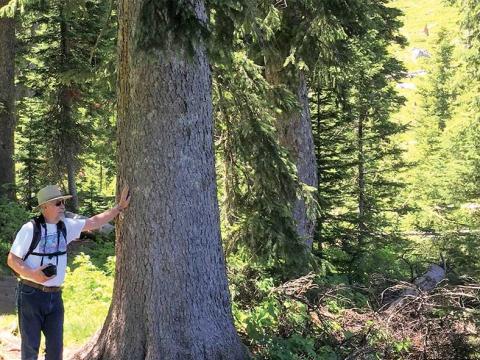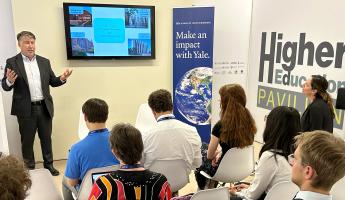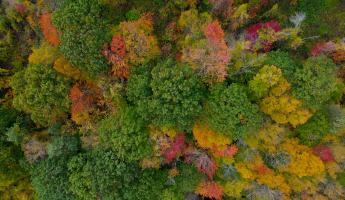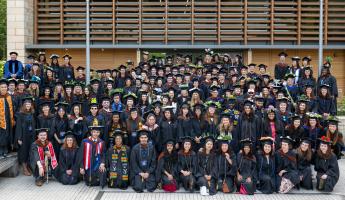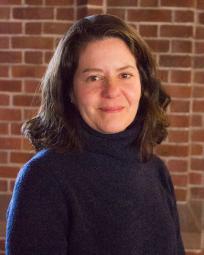
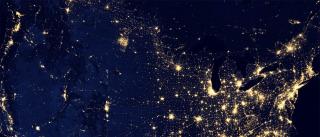
Doctoral Admissions
Our doctoral program offers scholars from diverse backgrounds the opportunity to pursue a highly individualized area of inquiry under the mentorship of a YSE faculty member. The research conducted by YSE PhD candidates spans global and disciplinary boundaries — and what’s more, it is fully funded. Learn more about how to join this vibrant and dynamic intellectual community.
On This Page
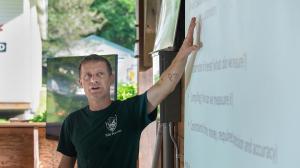
Faculty Who May Take on Doctoral Students
All applicants must identify and contact one or two faculty members who they think could serve as their major advisor.
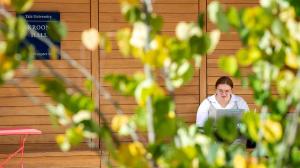
How to Apply
The application deadline for admission to the fall class in a given year is typically the preceding January 2 of that year. Applications are submitted through the Yale Graduate School of Arts and Sciences (GSAS) website.
Why YSE Doctoral Programs?
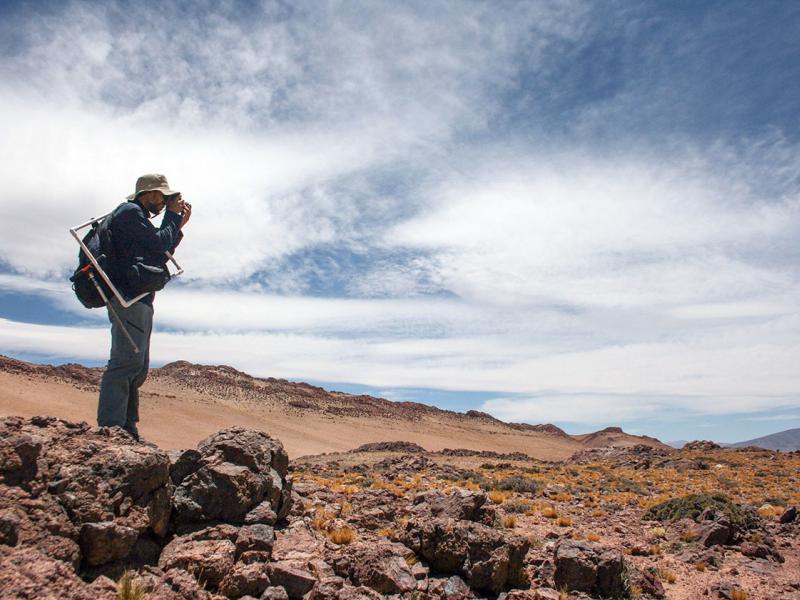
Research Independence and Funding
Doctoral students at YSE receive five years of guaranteed funding, independent of any faculty research grants, allowing doctoral students the intellectual freedom to explore the environmental issues that most inspire them.

Acclaimed Faculty
Working closely with some of the top experts in their fields is one of the advantages of a YSE doctoral degree. Our faculty are committed to mentoring the next generation of environmental leaders to tackle the world’s most urgent problems.
Student and Alumni Spotlights
Contact the Doctoral Program
Elisabeth Barsa is the contact for students interested in the YSE doctoral program.

